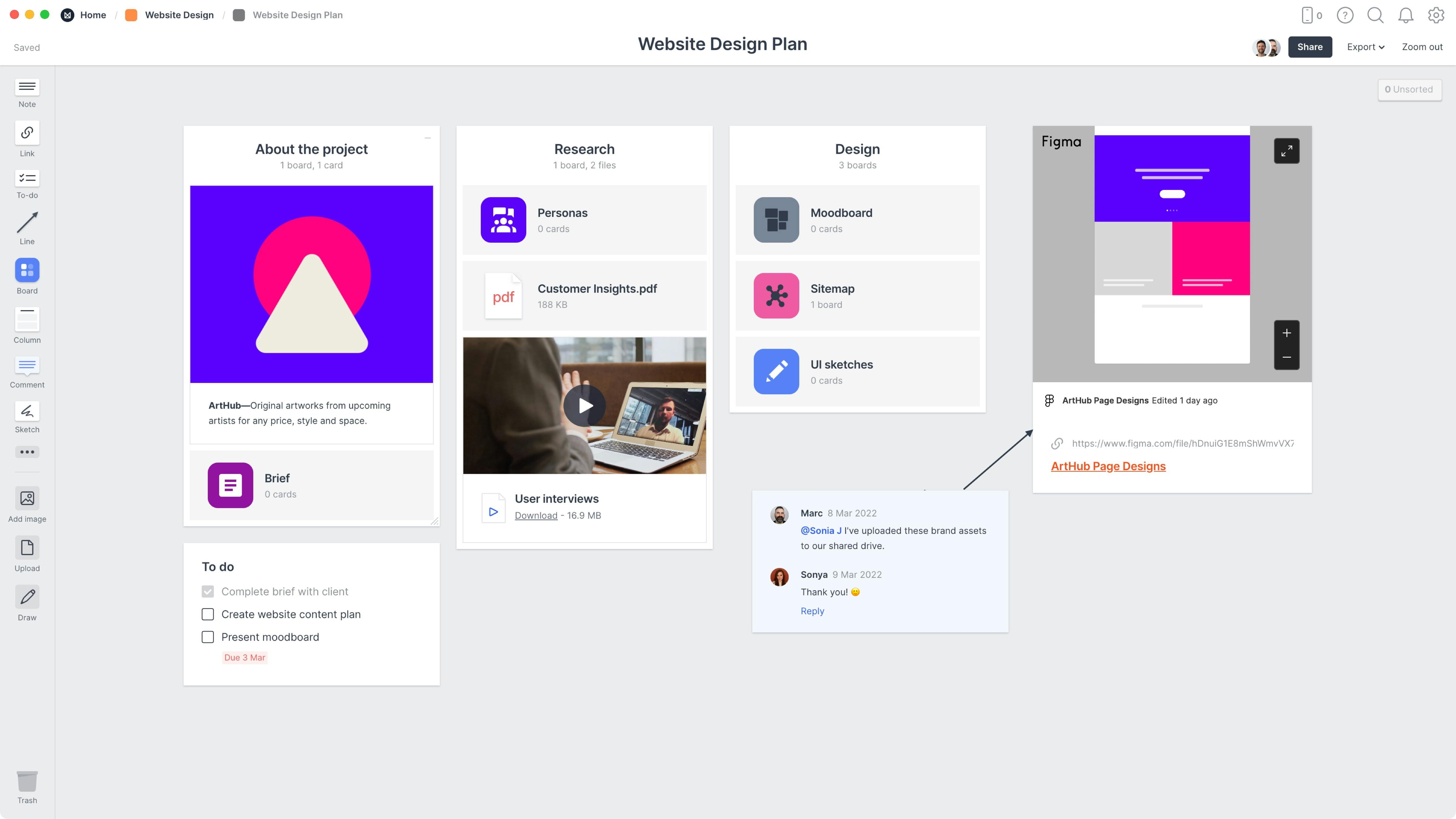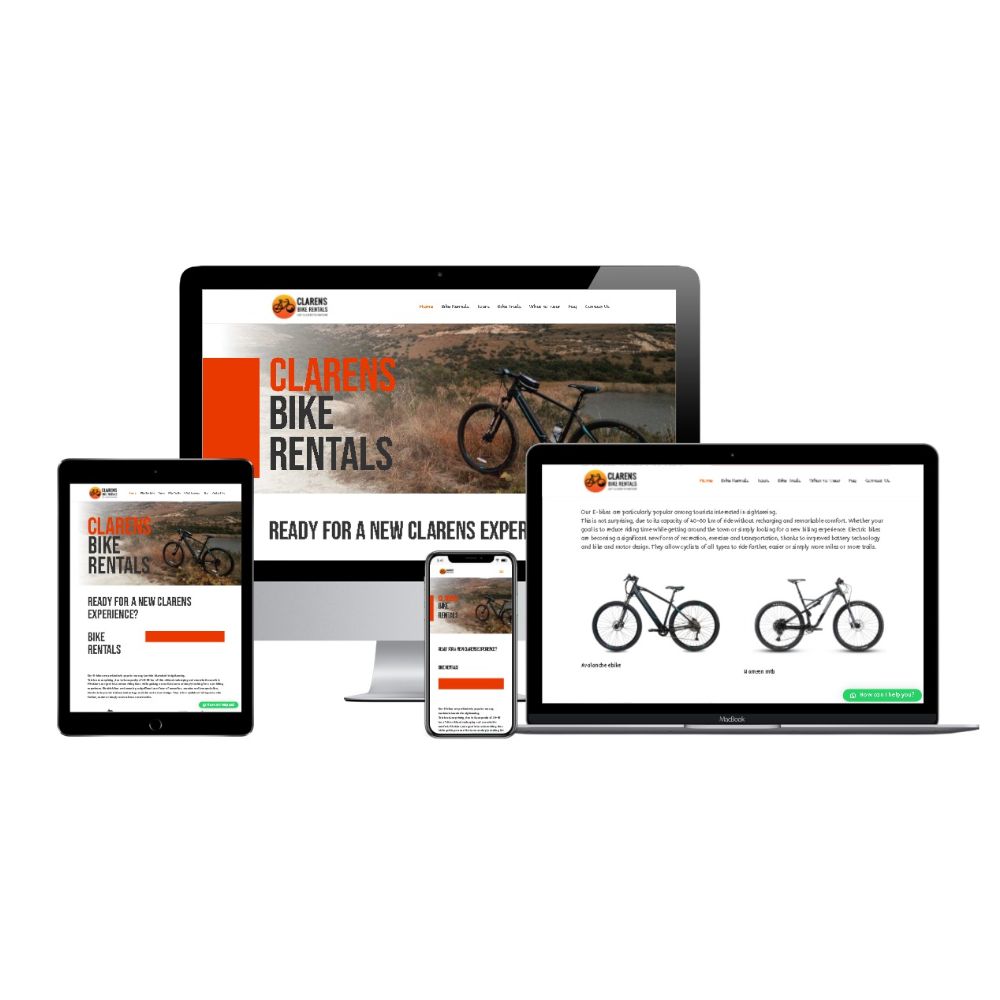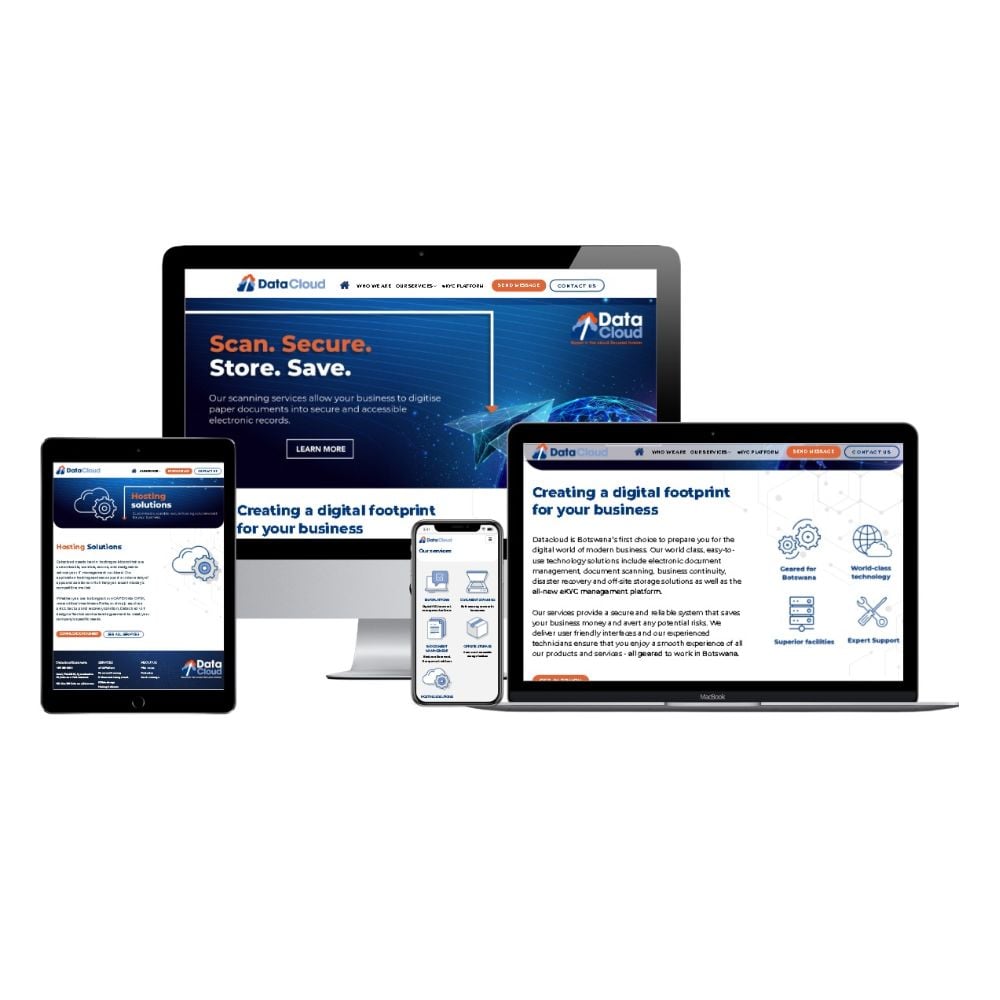Why Responsive Website Design is Vital for Modern Online Success
Why Responsive Website Design is Vital for Modern Online Success
Blog Article

Crafting a User-Friendly Experience: Important Components of Efficient Internet Site Style
Essential elements such as a clear navigating structure, receptive design concepts, and quickly loading times serve as the foundation for engaging individuals efficiently. Understanding the underlying aspects that contribute to efficient design can shed light on how to improve user fulfillment and involvement.
Clear Navigating Framework
A clear navigation framework is basic to efficient internet site style, as it straight affects individual experience and involvement. Users must be able to locate details effortlessly, as user-friendly navigating minimizes stress and motivates expedition. An efficient layout allows visitors to understand the connection between various web pages and web content, resulting in longer website visits and enhanced interaction.
To attain quality, designers ought to employ familiar patterns, such as side or leading navigating bars, dropdown menus, and breadcrumb trails. These components not only enhance functionality yet additionally provide a feeling of orientation within the website. In addition, keeping a regular navigating framework across all web pages is crucial; this familiarity assists individuals prepare for where to locate wanted details.
Additionally, including search performance can even more aid users in situating certain content promptly. In recap, a clear navigation framework is not merely a design choice; it is a critical component that substantially impacts the total success of a web site by promoting a efficient and satisfying individual experience.
Responsive Layout Principles
Efficient internet site navigation establishes the stage for a smooth individual experience, which becomes a lot more essential in the context of receptive style concepts. Receptive design guarantees that websites adjust fluidly to numerous screen dimensions and positionings, boosting ease of access throughout gadgets. This versatility is achieved through adaptable grid formats, scalable photos, and media inquiries that allow CSS to readjust styles based on the device's features.
Key concepts of receptive design include liquid formats that make use of percents as opposed to fixed units, making sure that aspects resize proportionately. In addition, using breakpoints in CSS enables the design to shift efficiently in between various tool sizes, optimizing the layout for every screen type. Making use of receptive pictures is likewise essential; images ought to automatically adapt to fit the screen without losing quality or causing layout shifts.
Moreover, touch-friendly interfaces are essential for mobile users, with effectively sized switches and user-friendly gestures enhancing individual communication. By incorporating these concepts, designers can develop internet sites that not just look cosmetically pleasing however also supply practical and appealing experiences across all gadgets. Eventually, efficient receptive design cultivates user fulfillment, reduces bounce prices, and motivates longer engagement with the web content.
Rapid Loading Times
While customers significantly expect internet sites to fill promptly, fast filling times are not simply an issue of comfort; they are vital for retaining visitors and enhancing overall user experience. Research suggests that individuals normally desert web sites that take longer than 3 seconds to load. This desertion can lead to boosted bounce prices and decreased conversions, eventually damaging a brand name's online reputation and earnings.
Fast loading times enhance individual engagement and contentment, as site visitors are most likely to discover a website that responds quickly to their communications. In addition, search engines like Google prioritize rate in their ranking formulas, meaning that a slow internet site may have a hard time to accomplish exposure in search engine result.

User-friendly User Interface
Rapid loading times prepared for an directory interesting online experience, but they are only part of the equation. An user-friendly user interface (UI) is vital to ensure visitors can navigate a website effortlessly. A properly designed UI allows users to achieve their purposes with very little cognitive tons, fostering a smooth communication with the site.
Crucial element of an user-friendly UI include regular layout, clear navigation, and identifiable icons. Uniformity in design components-- such as color design, typography, and button designs-- helps customers recognize exactly how to interact with the web site. Clear navigating structures, consisting of rational food selections and breadcrumb tracks, enable users to find info swiftly, lowering stress and boosting retention.
Furthermore, comments devices, such as hover results and filling signs, inform users regarding their actions and the useful content internet site's reaction. This openness grows trust and motivates ongoing interaction. Prioritizing mobile responsiveness makes sure that customers delight in a natural experience throughout gadgets, catering to the varied means audiences access material.
Accessible Web Content Guidelines

First, make use of clear and uncomplicated language, preventing jargon that may confuse viewers. Stress appropriate heading frameworks, which not only help in navigating however also help screen readers in analyzing material power structures properly. Additionally, provide different message for images to convey their definition to individuals who depend on assistive modern technologies.
Comparison is one more crucial element; make sure that message stands apart versus the background to enhance readability. Make sure that video and audio material consists of records and subtitles, making multimedia obtainable to those with hearing impairments.
Lastly, integrate key-board navigability into your layout, enabling customers that can not utilize a computer mouse to accessibility all site attributes (website design). By sticking to these accessible web content guidelines, internet designers can produce comprehensive experiences that provide to the needs of all individuals, ultimately improving individual interaction and fulfillment
Final Thought
To conclude, the integration of vital components such as a clear navigating framework, receptive style concepts, right here fast loading times, an user-friendly interface, and obtainable content guidelines is crucial for producing a straightforward site experience. These parts collectively enhance usability and engagement, making sure that customers can easily browse and connect with the site. Prioritizing these design elements not just enhances general satisfaction but also cultivates inclusivity, accommodating diverse user requirements and preferences in the digital landscape.
A clear navigating framework is fundamental to efficient site design, as it straight affects customer experience and involvement. In recap, a clear navigation structure is not just a layout selection; it is a critical component that dramatically affects the total success of an internet site by promoting a enjoyable and efficient customer experience.
Additionally, touch-friendly interfaces are essential for mobile users, with properly sized switches and user-friendly gestures improving individual interaction.While customers significantly expect internet sites to fill swiftly, fast filling times are not just an issue of comfort; they are necessary for retaining visitors and enhancing general customer experience. website design.In final thought, the combination of essential components such as a clear navigation framework, responsive style principles, quickly loading times, an instinctive user interface, and accessible content standards is vital for producing an user-friendly internet site experience
Report this page